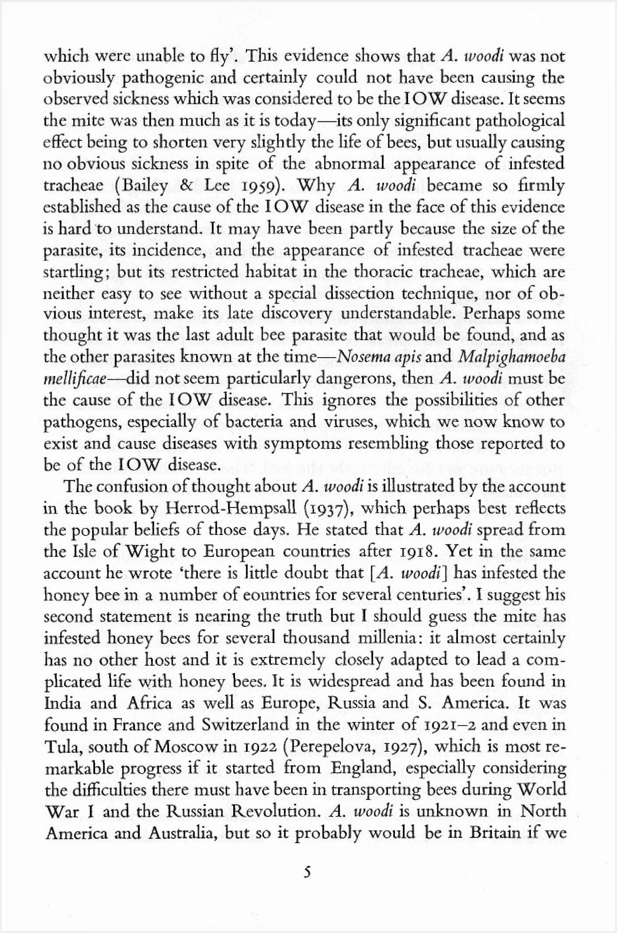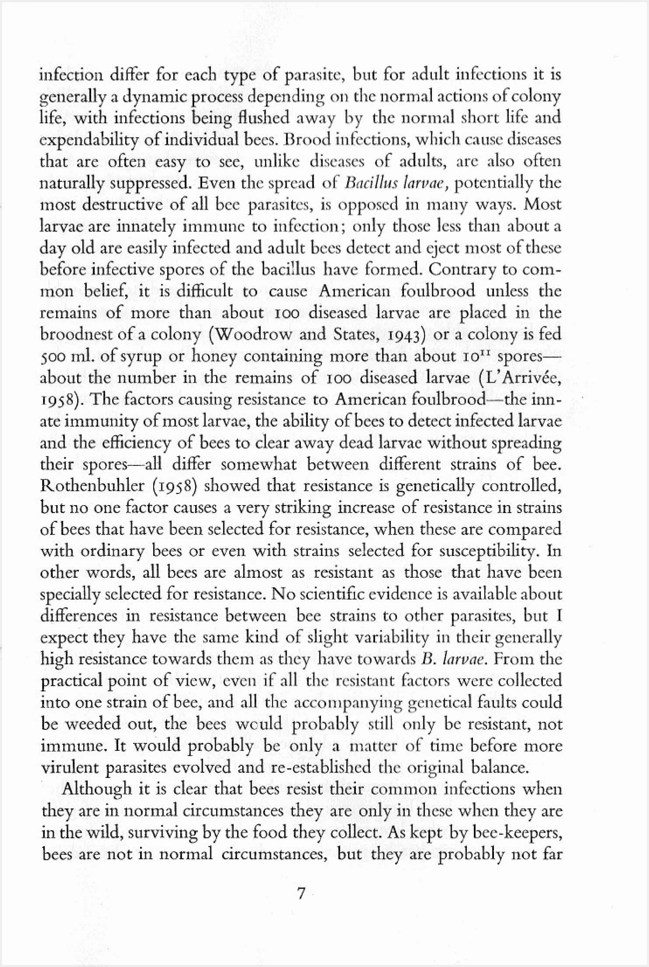Isle of Wight Disease.
The myth and the mystery.
Isle of Wight Disease was never proven.
“You can fool some of the people all of the time,
and all of the people some of the time,
but you cannot fool all of the people all of the time.”
Early 20th Century Fake News..?
It was referred to in a variety of manners, such as a disease, epidemic or even a ‘malady’ of honey bees that appeared to have several different symptoms. This often resulted in the death of the colony, in both summer and winter seasons.
Depending on the source, it appears to have first been noticed in about 1902 in Derbyshire, but in 1904 in the Isle of Wight and lasted for about 20 years. It was described by many writers as “highly infectious” and was said to have caused the extinction of the “Old British Black” bees (Apis mellifera mellifera).
Those who said that the “Old British Black” (Apis mellifera mellifera) bees were susceptible to the Isle of Wight disease or had become extinct were often those with an interest in doing so, such as bee breeders and/or queen importers.
What better way to promote your own products than to discredit what was already there? These people were often the big names in beekeeping at the time, in the early 20th century, so they were respected and believed. They certainly wouldn’t get away with it these days in the age of readily available information on the Internet. The transcription of Dr Bailey’s lecture is shown on this page, given on 13th March 1963 to the Central Association of Bee Keepers, USA. There are ten pages in total.
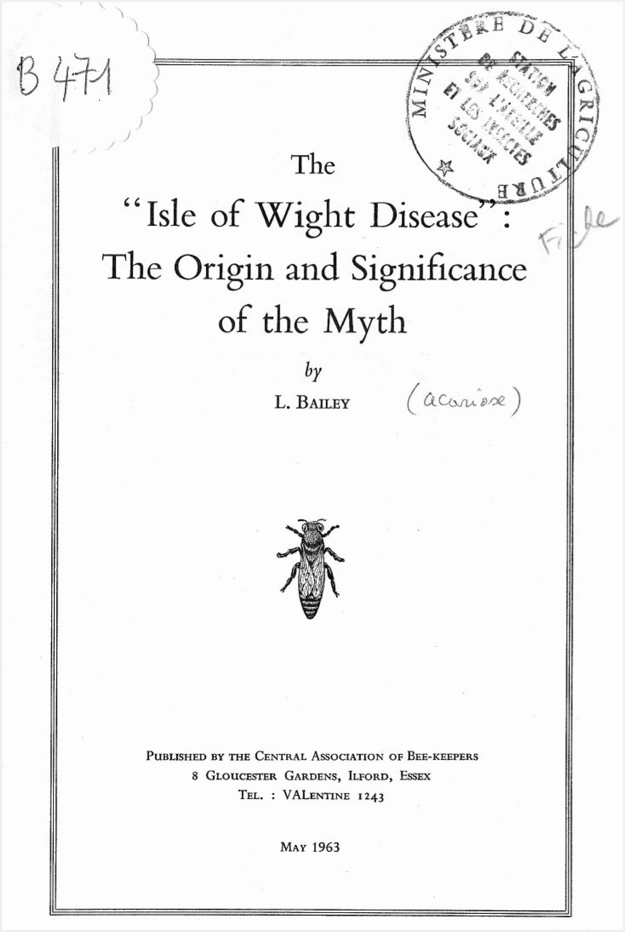
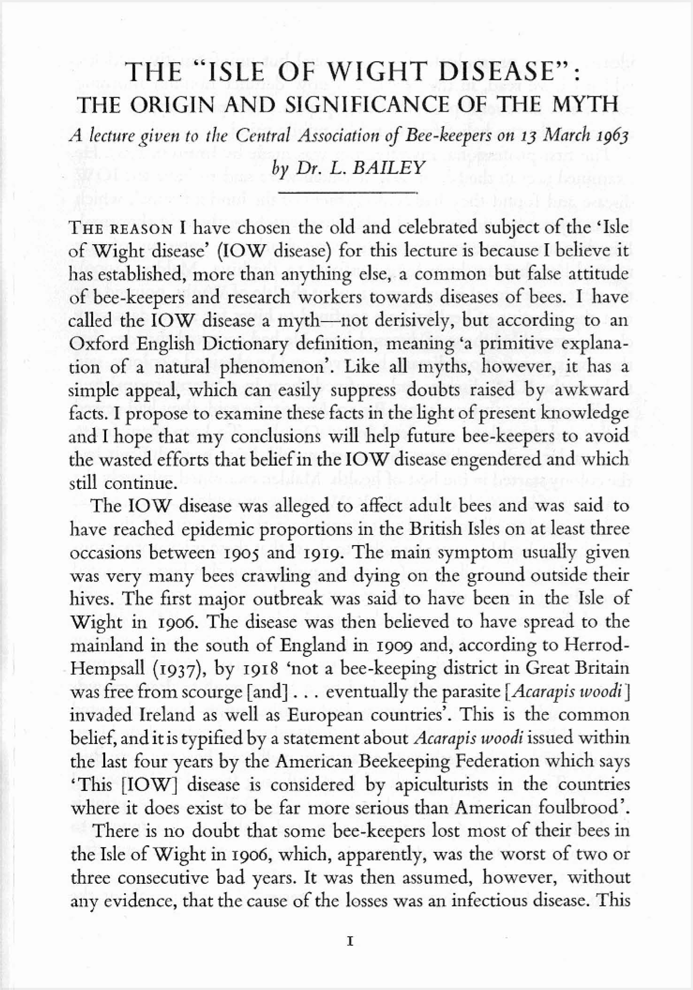
The Working Man.
Keep in mind that when this outbreak occurred, many beekeepers worked on the land, often six and a half days a week, with much longer days than we are currently used to and it was very often involved physical labour.
After a day of hard work they probably did an hour or so in their vegetable gardens in the evenings, possibly until dusk. Many were still skeppists, or were in the process of converting to moveable frame hives, such as Langstroth, Layens and Warre. This change was happening at about the same time as Isle of Wight disease, but meant a much different approach from what they were used to.
They had to learn a lot about the workings of a colony and how to manage it in a different way. With the rapid changes in colony management the beekeepers had to learn about simple things like feeding that are commonplace today, but was novel and initially unclear to them.
There’s also anecdotal stories that suggest that they may have been short of money to buy sugar and not aware that feeding, if it had to be undertaken, had to be done early.
Around the time of the first world war things would have been extremely difficult with many beekeepers being killed in action or severely disabled. Their bees may have died through neglect and starvation and it’s highly probable that many hadn’t been inspected for several years. It’s likely that they were in a poor condition anyway.
The Myth Origin.
It would have been quite normal in the early 1960s that few, if any beekeepers used mouse guards, so it would be reasonable to assume they weren’t used 50 years earlier either. Given that mice are a major cause of robbing of hives, outside of other bee colonies, it does raise the question of what state the hives were in after being left for several years, or sometimes longer.
Foreign bee imports were used to make up for losses, and it may feasible be they were the bees that were susceptible to any acarine and nosema, not the native bees. We know that Italian Bee (Apis Mellifera Ligustica) are especially prone to these diseases.
It seems to me there was much more to the Isle of Wight mythical disease than was written about at the time. Few of those people are likely to admit to neglecting their bees or not feeding them, so perhaps the ‘disease’ was a convenient way of explaining their losses.
Theres enough anecdotal evidence to assume the earlier accounts may be very inaccurate and I am simply questioning them, but based on research on beekeepers who had bees at the time, logic and reading of conversations of other beekeepers who have had decades of not treating for the diseases that were supposed to have caused the problem.
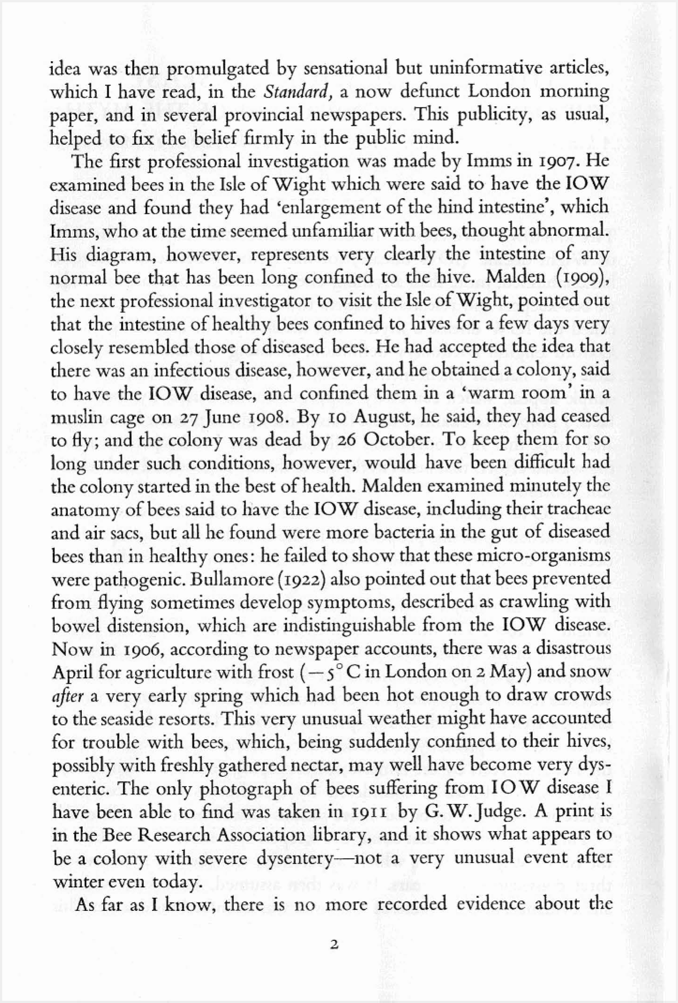

Dr Bailey Investigates.
Dr Leslie Bailey was a renowned authority on bee diseases, he investigated and then subsequently called the “Isle of Wight Disease” a myth. Other bee experts have also cast doubt on the phenomenon that wiped out an untold number of bee colonies that devastated the native dark bee common to the British Isles, otherwise known as Apis mellifera mellifera.
However, for over a century now, there appears to be a perpetual repeat of the wrong information or quite literally, ‘Fake News’. Dr Bailey of Rothamstead has suggested several causes for the answer to the mythological disease, including neglect, mismanagement and bizarre destructive remedies. He has also ascertained that the cause was most definitely not the ‘bogey man’ parasite, known as Acarapis Woodi.
“There is no doubt that some bee-keepers lost most of their bees in the Isle of Wight in 1906, which, apparently, was the worst of two or three consecutive bad years. Ir was then assumed, however, without any evidence, that the cause of the losses was an infectious disease. This idea was then promulgated by sensational but uninformative articles, which I have read, in the Standard, a now defunct London morning paper, and in several provincial newspapers. This publicity, as usual, helped to fix the belief firmly in the public mind.” – Dr L Bailey.
The final six pages.

